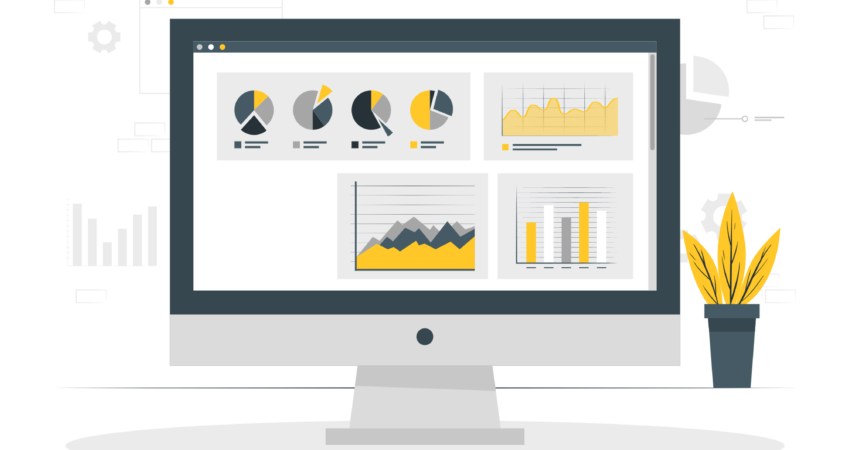
Manmeet Singh
- November 14, 2024
- 4 min read
- Email Marketing
- Blog
I. Introduction
II. The Power of Email in Inbound Marketing
III. Why Email Should Be Core to Your Inbound Strategy
IV. Tactics to Power Up Your Inbound Strategy with Email
V. Conclusion
I. Introduction
Inbound marketing shines because it builds trust and loyalty through valuable content, rather than intrusive advertising. In this approach, email marketing is essential: it offers a direct line to your audience for sharing relevant, timed content, guiding them through each stage of the buying journey. A well-planned email strategy can amplify other inbound efforts, nurturing prospects into long-term customers.
II. The Power of Email in Inbound Marketing
Email marketing is the lifeline of an inbound approach, guiding leads through their journey with relevant insights and seamless progression. Email stands out for its role in keeping prospects informed, engaged, and confident—laying the foundation for lasting customer relationships. Unlike one-off interactions, emails deliver continuity and context across all inbound touchpoints.
III. Why Email Should Be Core to Your Inbound Strategy
- Personalized, Scalable Communication: Email’s potential for tailored outreach lets you speak to audience needs without compromising on scale. CRM integration and behavioral insights allow for hyper-relevant messaging, fostering a personalized experience that resonates deeply with recipients.
- Nurturing Leads at Every Stage: Segmented email sequences support every phase of the buyer’s journey, from brand awareness to decision-making. An educational newsletter fits an early-stage lead, while product comparisons or case studies add value for those close to purchase.
- Boosting Engagement and Conversions: Purposeful email campaigns drive real engagement. Unlike standard inbox clutter, your emails invite exploration, increasing open rates, click-throughs, and conversions as subscribers advance naturally from curiosity to commitment.
- Cost-Efficiency with High ROI: Email remains one of the most cost-effective channels for reaching a broad audience. Automation and pre-scheduling further minimize expenses, enabling high returns, especially for resource-conscious businesses.
- Building Customer Loyalty: Beyond single campaigns, a long-term email strategy fosters loyalty. Regular updates, exclusive offers, and useful content deepen connections, turning buyers into advocates and creating a steady referral stream.
IV. Tactics to Power Up Your Inbound Strategy with Email
- Segmentation and Personalization: Use advanced segmentation—based on behavior and past interactions—to create targeted lists. Map content to specific personas, ensuring relevance and maximizing engagement.
- Content Alignment Across Channels: Integrate email with other inbound channels. Drive traffic back to your site through valuable links in emails, using clear CTAs to guide users toward high-value content and products.
- Automated Workflows: Automate email sequences for new subscribers, lead nurturing, and re-engagement to keep your audience connected without extra effort. These workflows keep interest high while nurturing leads toward conversion.
- Data-Driven Optimization: Regular A/B testing of subject lines, CTAs, and content helps refine your emails. Use analytics to track and optimize performance, aligning each campaign more closely with subscriber preferences for maximum impact.
V. Conclusion
Email marketing is a pivotal part of any robust inbound strategy. Through strategic use of segmentation, automation, and analytics, your email campaigns can become powerful drivers of growth. Focus on creating meaningful, timed content to transform your inbound results.
Contact Code & Peddle for more details.
The following posts may interest you –
Boost Engagement and Conversions with Expert Targeted Email Marketing
FAQs
Email marketing enhances inbound by providing direct communication with leads, delivering relevant content that builds trust, guides decision-making, and ultimately fosters customer loyalty.
Personalization allows you to address specific customer needs and interests, making emails more relevant and engaging. This helps build stronger relationships and encourages loyalty.
Segmentation categorizes email subscribers based on behaviors, demographics, or interests. By targeting these groups with relevant content, your emails become more effective and lead to better engagement.
Key metrics include open rates, click-through rates, conversion rates, and engagement over time. Tracking these helps refine your strategy and improve future campaigns.
Best practices include focusing on relevant, engaging content, maintaining a clear and consistent brand voice, using personalization, and testing subject lines, CTAs, and email timing to optimize results.
















